#leucism
Photo
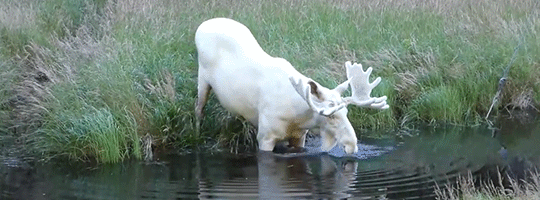
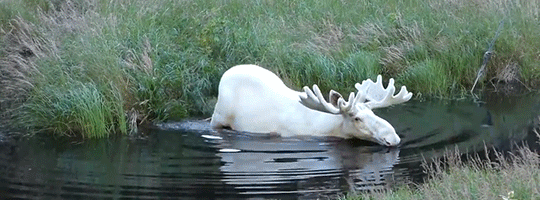
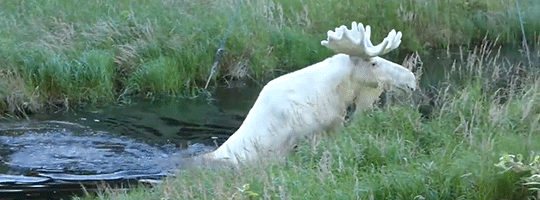
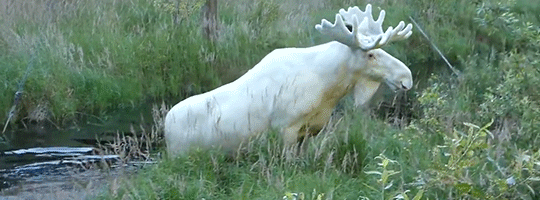
A leucistic moose filmed by municipal councilmember Hans Nilsson in the Värmland region of Sweden (2017)
National Geographic
30K notes
·
View notes
Text

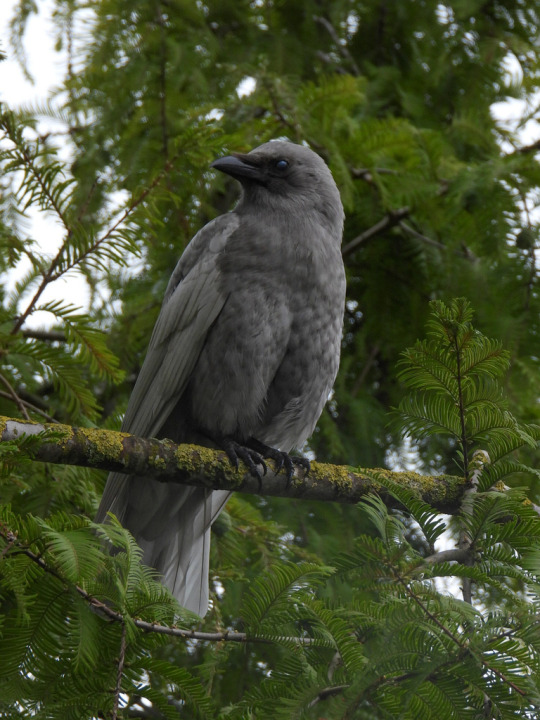
A beautiful grey American crow (Corvus brachyrhynchos) [x]
#source says leucistic so we’ll go with that#leucistic#leucism#american crow#crow#bird#Corvus brachyrhynchos#looks diluted such a nice color#I can’t remember seeing one such a nice solid grey#have seen brownish and white and maaaaybe a very light grey?#good job nature#keep up the good work
42K notes
·
View notes
Text
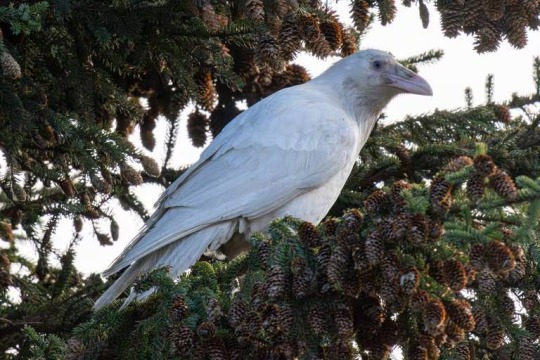


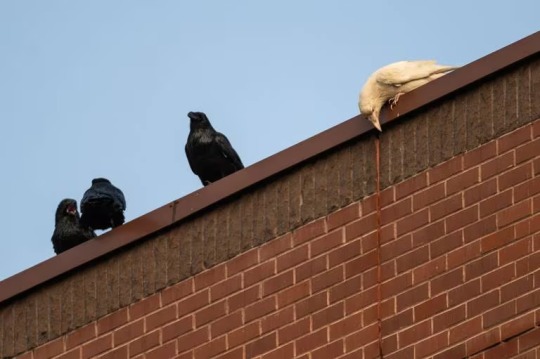
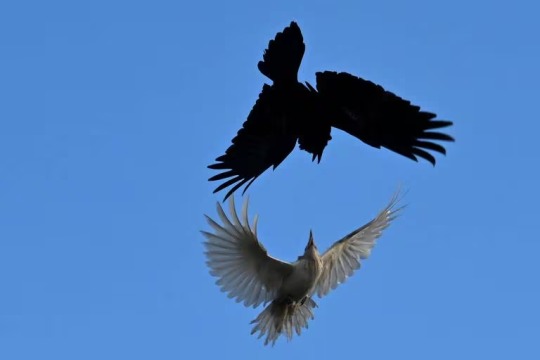
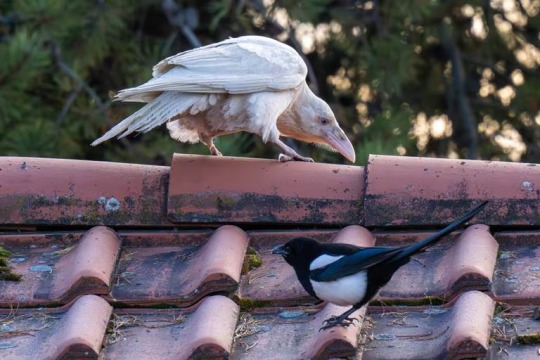

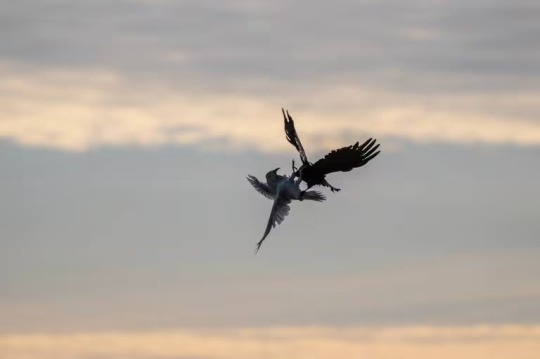
this leucistic common raven was spotted around anchorage, alaska. leucism is a genetic condition that results in a similar appearance to albino animals. however, leucism differs from albinism in that it’s only a partial loss of melanin; this bird can be identified as leucistic by their blue eyes, which would be pink or red in an albino bird. leucism often causes premature death in birds, as it makes them more vulnerable to predators and social rejection; additionally, melanin is an important component in birds’ feathers, and birds with less melanin may have weak or brittle feathers that result in poor flight or trouble staying warm. however, this individual has survived to adulthood and seems to be in good health as well as accepted by their flock.
7K notes
·
View notes
Text

Leucistic American Badger at Point Reyes!
Recently, a unique sight was spotted here in Point Reyes National Seashore - a leucistic American Badger! You may think that it is an albino, but if you look closely, you’ll notice that its eyes are actually brown or black, not pink. Its nose also has some pigment to it.
Leucism is a genetic mutation where there is only a partial loss of pigmentation, while albinism is when there is a total absence of pigmentation. Albino creatures will look white (or sometimes pale yellowish) in color, with very pale pink or red eyes. Leucistic creatures can look white in patches or almost completely white, but their eyes will always have color to them. Just like this badger whose normally brown stripes are showing up more as a dark cream color!
Photo by David Kramer as he hastily pulled out his cell phone to get this photo while on a hike in the Seashore.
via: Point Reyes National Seashore (California)
#badger#mustelid#mammal#animals#nature#california#north america#public lands#leucism#science#zoology
5K notes
·
View notes
Text
No because the way I get so VISCERALLY angry when someone refers to an animal as albino when they’re actually leucistic, erythristic, or xanthochromatic is both deeply irrational and greatly unhealthy
ALBINISM
Total loss of melanin in the body, i.e. skin, hair/fur/feathers, and eyes (the eyes look pink/red because the lack of melanin in the eye exposes the blood vessels within it to light, which then reflects their red hue)
LEUCISM
Partial loss of melanin in the body; the pattern of melanin distribution is unique in each case, so some people or animals with this condition may have patches of typically-colored skin/hair/fur in addition to pigmented eyes, while others may only have the aforementioned ocular pigmentation
ERYTHRISM
Abnormal prevalence of reddish pigment in the skin/hair/fur/feathers of an animal; concentration of this pigment varies case by case, so humans/animals with the condition can present anywhere from only slightly pink to intensely red in color; to my knowledge, the condition does not affect the eyes
XANTHOCHROMISM
Abnormal prevalence of yellow pigment in the skin/hair/fur/feathers of an animal; similar to erythrism, color intensity can vary from light golden hues to deep yellows; again, to my knowledge, the condition does not affect the eyes
Thank you for coming to my TED Talk
#don’t get me wrong#i didn’t always know the difference either#but still#pet peeves#biology#genetics#animals#albinism#leucism#erythrism#xanthochromism#autism#special interest#ted talks
1K notes
·
View notes
Text
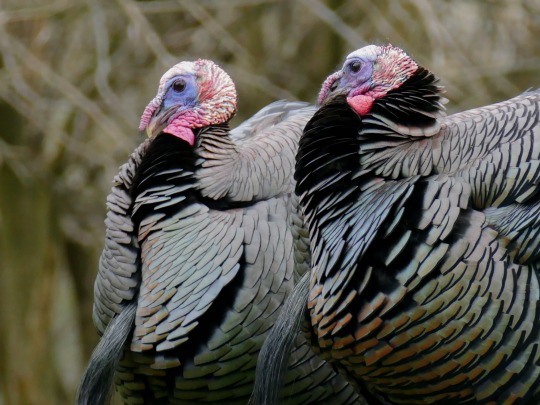


Wild Turkeys, including a leucistic female (this coloration occurs in approx. 1/100,000 per Audubon).
photos by me, 2024-03-25. A cloudy day at Cornelia Fort Airpark, so I will try another day when the lighting conditions are better, hoping that the leucistic bird is still around.
779 notes
·
View notes
Text

Leucistic puma in Parque Nacional da Serra dos Orgãos, Brazil in 2013. Photo via Carlos Soares.
2K notes
·
View notes
Text
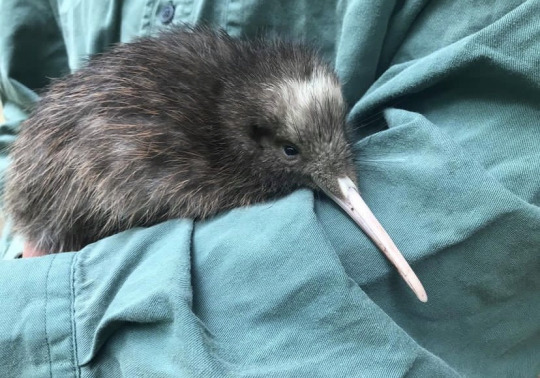
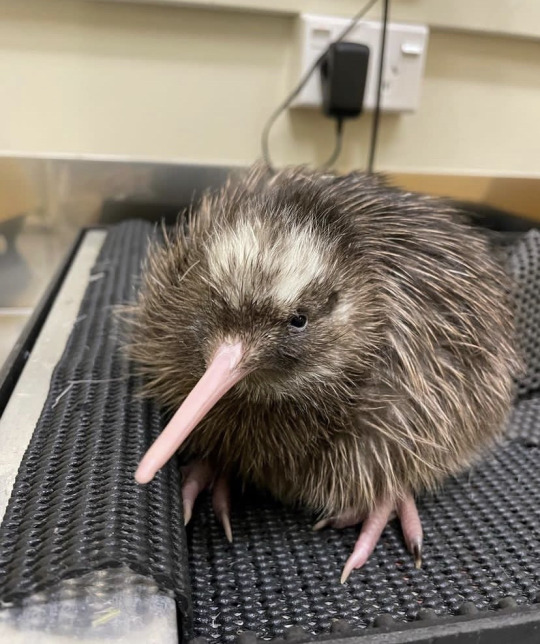
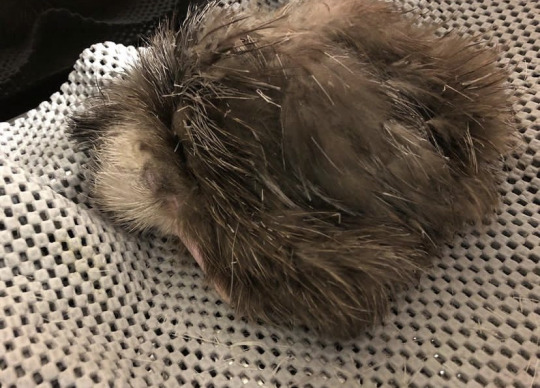
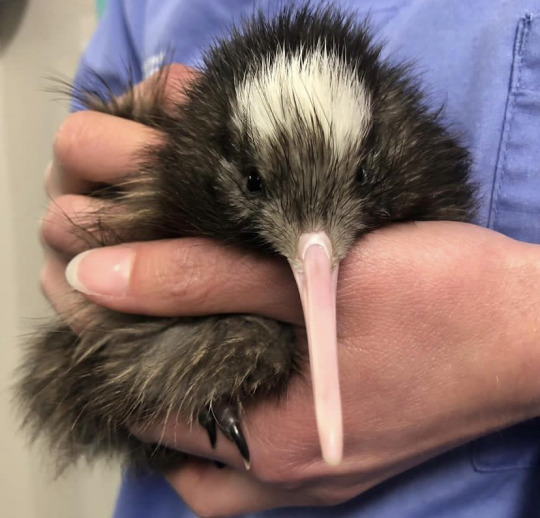
To start the week off right - here’s some partially leucistic kiwi from the National Kiwi Hatchery Aotearoa!
#white feathers/patches are quite common in birds sourced from Tarnaki - fun fact!#little sweet babies#birdblr#kiwi#aotearoa#New Zealand#ornithology#leucism
9K notes
·
View notes
Photo
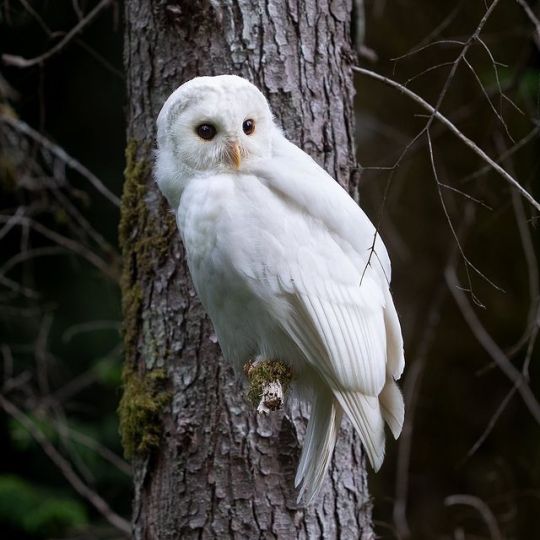
Leucistic Barred Owl
5K notes
·
View notes
Text
And here's Leucy, the leucistic Junco.
#birds#backyard birds#leucism#dark eyed junco#juncos#pew pew pew#special birds#birds of michigan#birds of north america#birdlovers#nature#birdwatching#Ostdrossel
488 notes
·
View notes
Text

“Piebald and whitetailed fawn.” Maine Wildlife Park, 2015.
#deer#fawn#animals#piebald#leucism#mutation#little buddy on the left is so picturesque with the posture of a lawn ornament. versus the other.#mine#1k
8K notes
·
View notes
Text

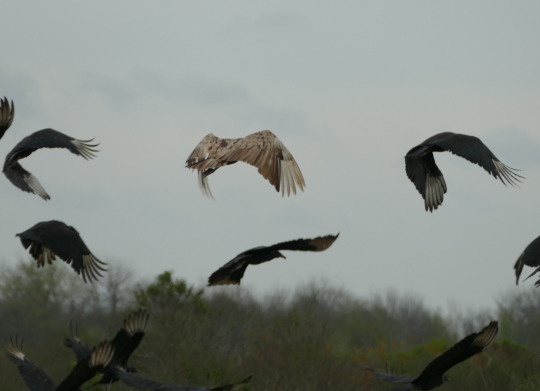

Leucistic black vulture (Coragyps atratus)
@ wendybirdsbyrv
#color mutation#leucistic#leucism#black vulture#vulture#bird#coragyps atratus#I would name them rusty
3K notes
·
View notes
Text
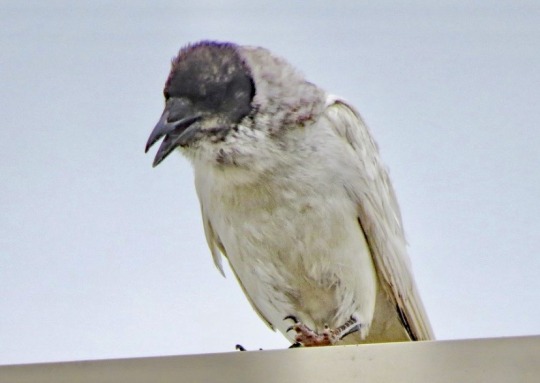


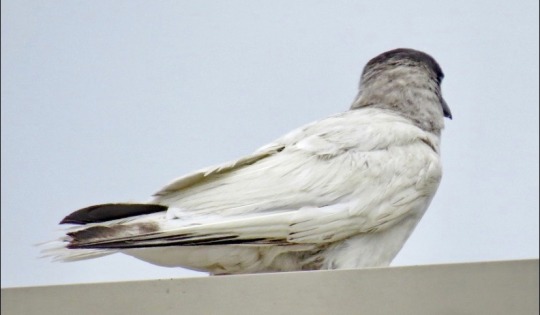
a unique looking american crow, all white with black wingtips and a black head, stands on a building. this bird is affected by leucism, a genetic mutation where the amount of melanin and other pigmentation is reduced. it can occur evenly through the body, or in certain portions, like in this bird. the condition differs from albinism in that it is not a complete lack of melanin, so affected individuals will not have pink eyes or feet.
2K notes
·
View notes
Text
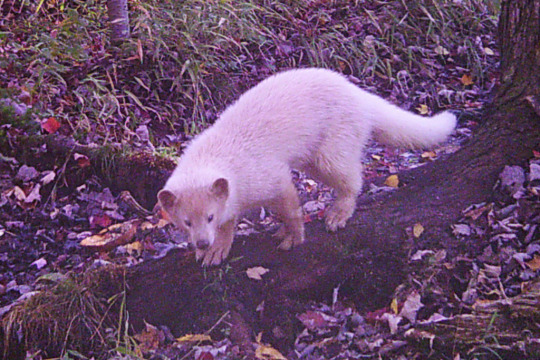
gorgeous leucistic fisher (Pekania pennanti) from iNaturalist
645 notes
·
View notes
Text

Winter Possum ❄️🌿
316 notes
·
View notes
Text

Cetacean colour anomalies existing as a gradient let's goooooo.
No seriously I love it when this is a thing. Still part of the colour anomalies poster(s) series. Currently 102 illustrations down, and quite a few more to go.
Depicted here are Atlantic spotted dolphin, Pacific white-sided dolphin and Striped dolphin, with various colour-altering afflictions.
#namtalk#illustrations#colour anomalies#albinism#leucism#melanism#dolphins#scientific illustrations#digital art#Atlantic spotted dolphin#Pacific white-sided dolphin#Striped dolphin
291 notes
·
View notes